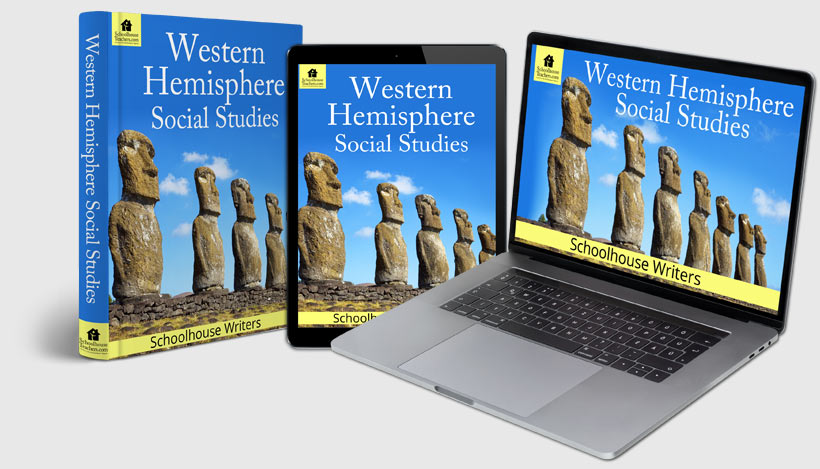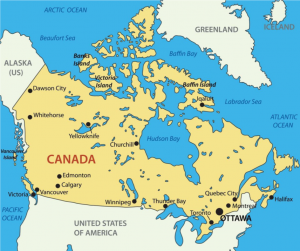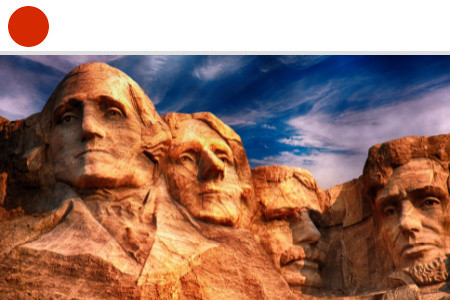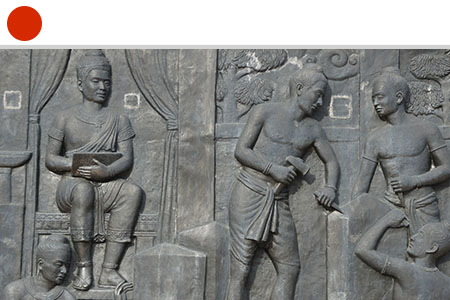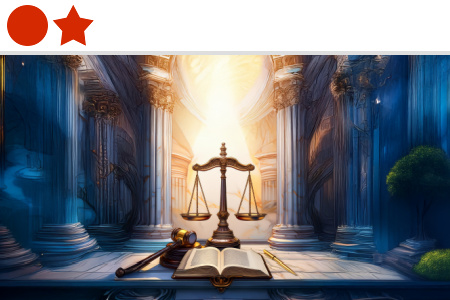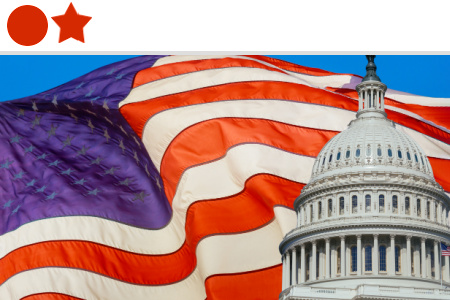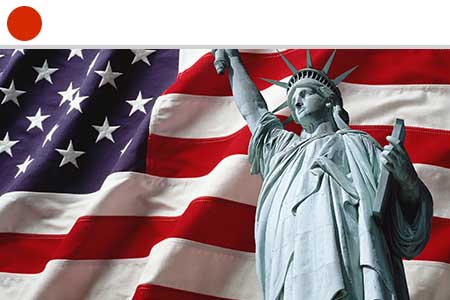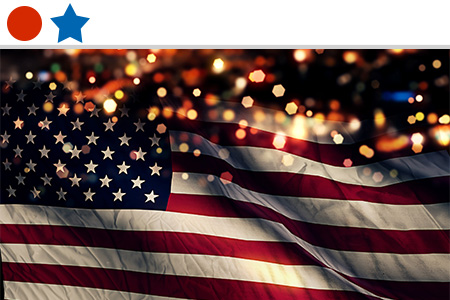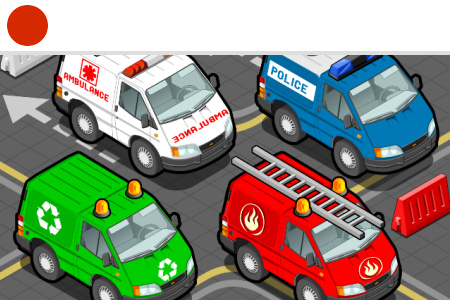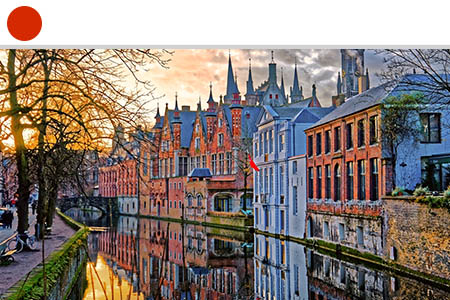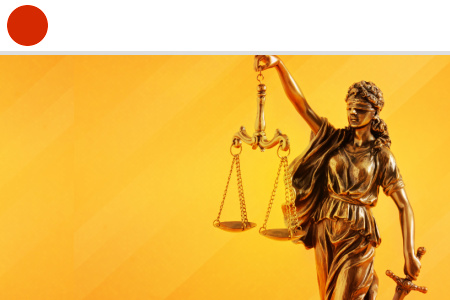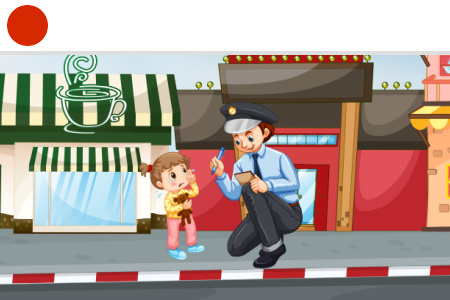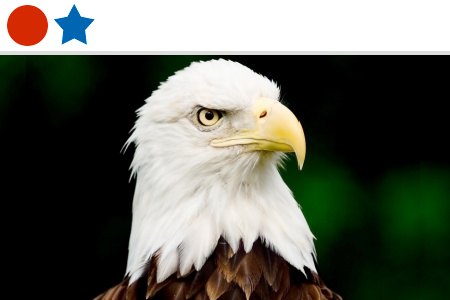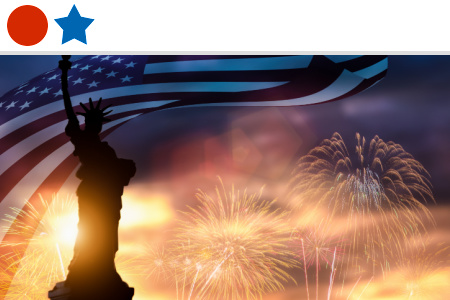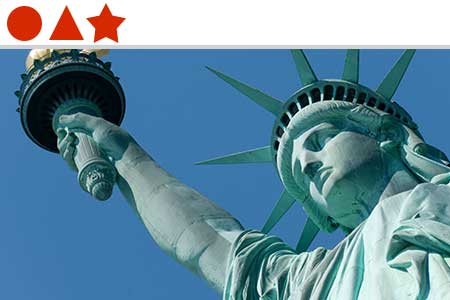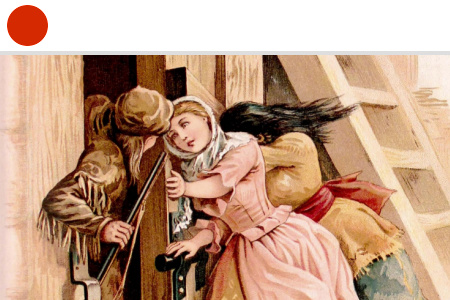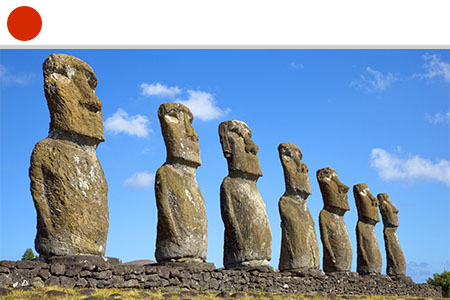Welcome to Our Western Hemisphere Social Studies Homeschool Curriculum
Would you prefer to eat frijoles or drink api? Which country’s name means “river of painted birds”? In Western Hemisphere Social Studies, students learn all kinds of interesting geographical and cultural information about countries in North America, Central America, and South America. Discover delicious foods, lovely traditions, amazing histories, varied geographical features, and more-—such a wide variety of people and places within the Western Hemisphere!
External links may be included within the course content; they do not constitute an endorsement or an approval by SchoolhouseTeachers.com of any of the products, services, or opinions of the corporation, organization, or individual. Contact the external site for answers to questions regarding its content. Parents may wish to preview all links because third-party websites include ads that may change over time.
Para traducir cualquier página web, haz clic en los tres puntos o líneas en la esquina superior derecha de tu navegador, o haz clic aquí para más información.
Western Hemisphere Social Studies
Length: 18 weeks
Content type: Text based
Grades: 4–8
Schoolhouse Writers
Related Classes You May Enjoy


